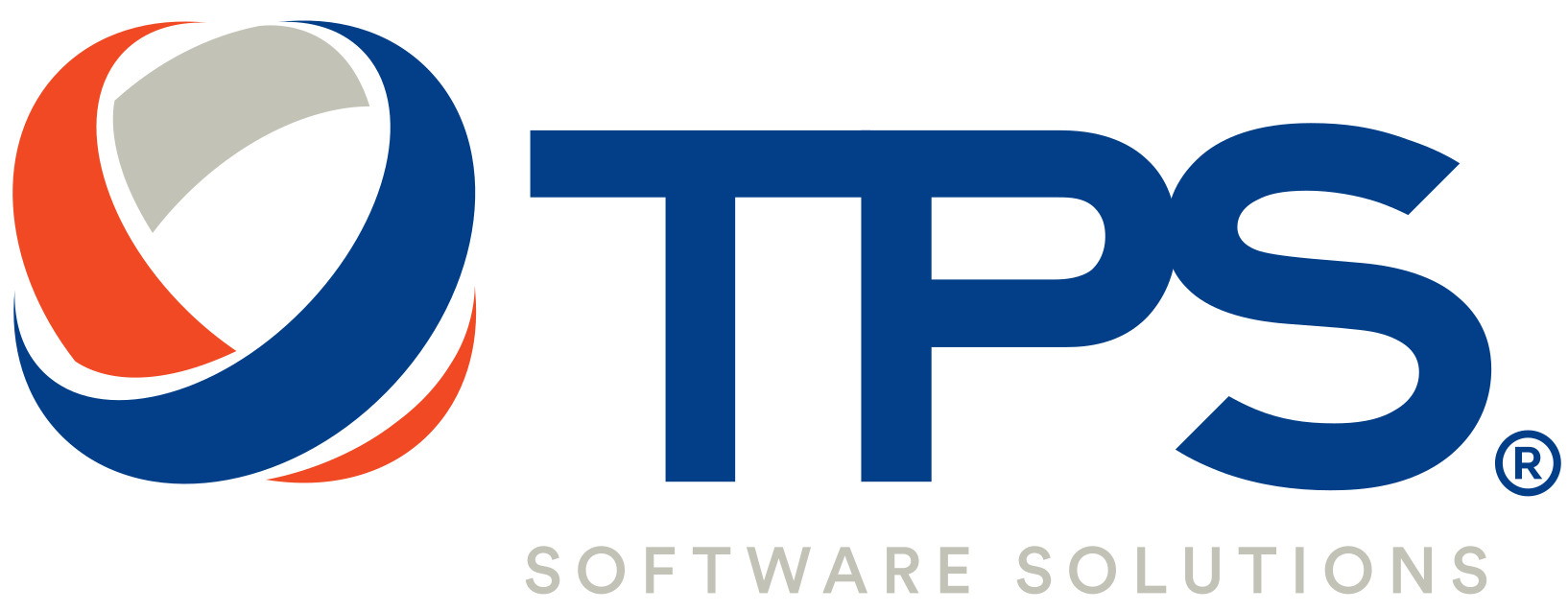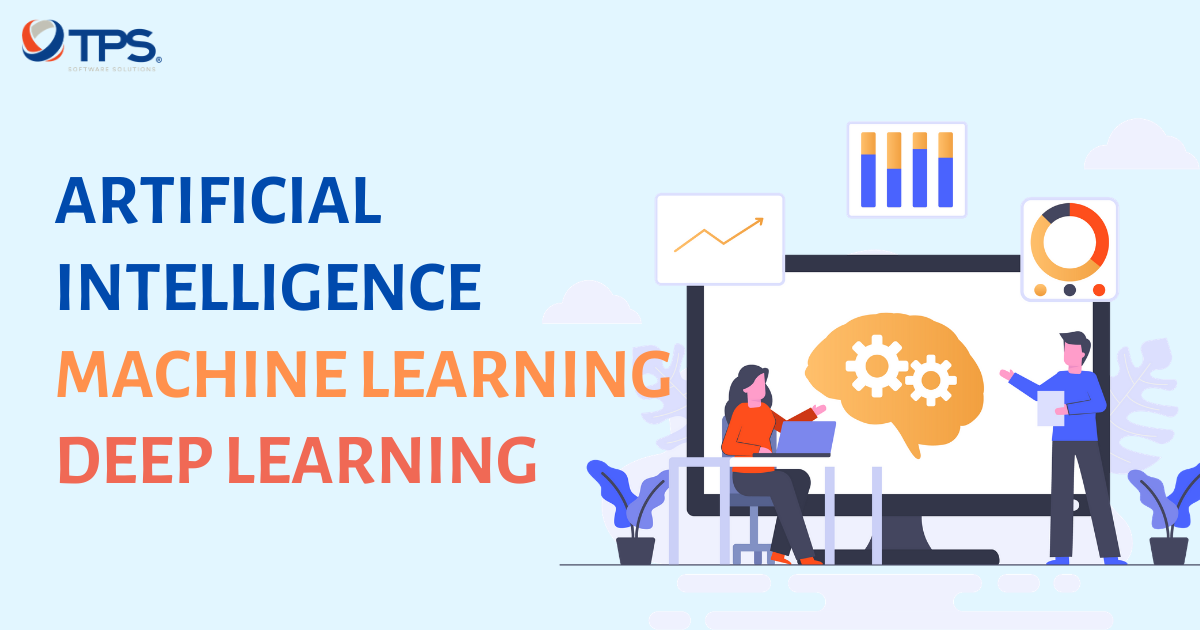The revolution of Industrial 4.0 has brought technologies such as Artificial Intelligence, Machine learning, Deep Learning to become buzzwords in multiple industries. The overuse of these words confuses people about their meanings. So in this article, we will define and distinguish all the terms
This article referenced: “Computer Vision and Deep Learning.”
Artificial Intelligence
Artificial Intelligence is a broad term that covers a machine’s ability to categorize, predict, and make decisions without human interaction. You’ve probably used AI in some form in your development of algorithms with simple if-then rules and decision trees. In other words, it is a branch of Computer Science, in which a machine mimics the cognitive functions that are associated with the human mind – such as learning and problem-solving.
For further insights on AI, read the article: What are AI and its top advantages?
As computing power has advanced over the years, so have the algorithms used to control the behavior of AI. This advancement of AI has led to the subsets of Machine Learning (ML) and DeepLearning (DL).
Machine Learning (ML)
Machine learning is a subset of artificial intelligence involved with the creation of algorithms that can modify itself without human intervention to produce desired output by feeding itself through structured data.
In other words, machine learning is about teaching computers to learn in the same way how humans do, by interpreting data from the world around us, classifying it, and learning from its success and failures.
Deep Learning (DL)
Deep learning is a subset of machine learning. Deep Learning is similar to Machine Learning in the creation of algorithms and how they function. However, there are numerous layers of these algorithms in Deep Learning, each of which provides a different interpretation of the data it feeds on. These layers establish a network of algorithms that is called artificial neural networks that are inspired by the biological neural networks in human brains.
In other words, deep learning is simply machine learning, but it is derived from deep neural nets. These are built by layering many networks on top of each other, passing information down through a tangled web of algorithms to enable a more complex simulation of human learning.
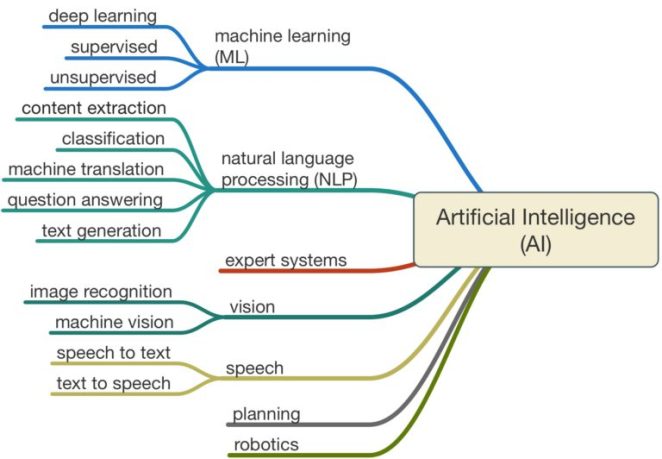
AI, ML, and DL
From the model, we can see their relationship in which deep learning is a subset of machine learning, and machine learning is a subset of AI.
How ML and DL are structured?
The primary algorithms used to power ML and DL are Artificial Neural Networks (ANN)
The most common ANN used by DL is which consists of an input, an output layer, and multiple hidden layers. The hidden layers apply an operation to the inputs and then pass the result to the next layer. Each layer builds upon the one before to increase its ability to categorize information.
Training a model is the process of providing known inputs and outputs to the ANN so the model can learn. Providing more data to a model during this phase increases its accuracy. Most of the time, the data collected would not be in a suitable format for a machine learning model. Therefore, they must be manipulated as required by the model and application. Once a model is trained with sufficient data and required accuracy, you can test it with previously unknown samples to benchmark and compare it. After additional improvements (if required) you may finally deploy it in a real-world application.
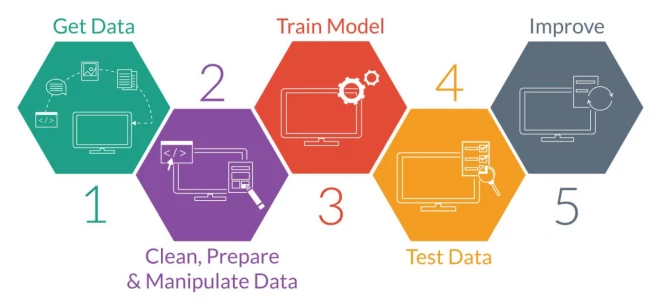
A Machine Learning Workflow
How different are Deep Learning and Machine Learning models
A key difference between the Machine Learning model and the Deep Learning model is how they learn.
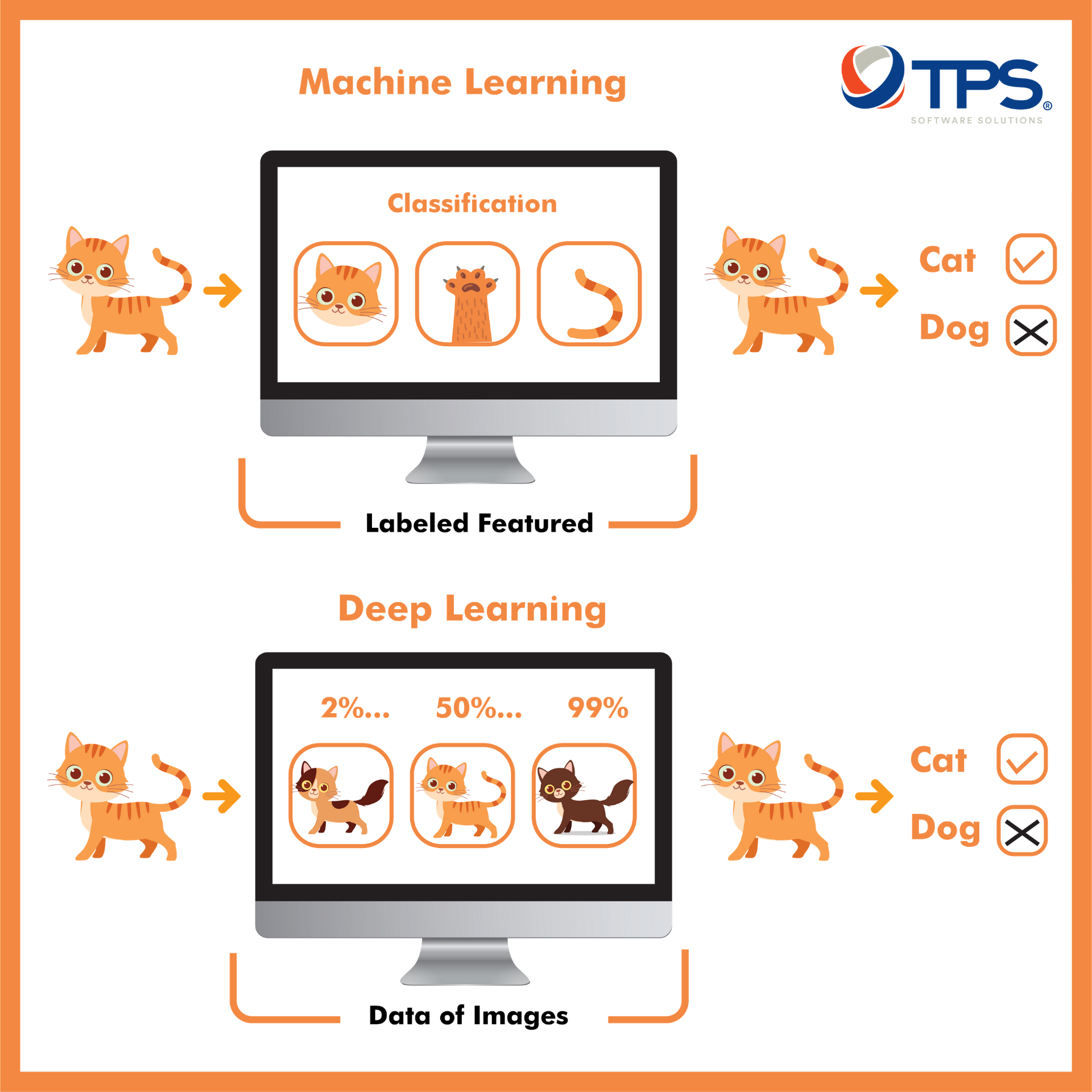
Deep Learning and Machine Learning models
Machine Learning Model
To help the ML algorithm categorize the images in the collection according to the two categories of dogs and cats, we will need to present these images collectively. But how does the algorithm know which one is which?
The answer to this question, as in the above definition of machine learning, is structured data. We can label the pictures of dogs and cats in a way that will define specific features of both the animals. This data should be enough for the machine learning algorithm to learn. Afterward, the algorithm will continue working based on the labels that it learns, and classify millions of other pictures of both animals at each feature it learned through the said labels.
Deep Learning Model
Deep learning networks would take a different approach to solve this problem. The main advantage of deep learning networks is that they do not necessarily need structured/labeled data of the pictures to classify the two animals. The artificial neural networks using deep learning send the input (the data of images) through different layers of the network, each of which hierarchically defines specific features of images. It is similar to how our human brain works to solve problems- by passing queries through various hierarchies of concepts and related questions to find an answer.
After the data is processed through layers within deep neural networks, the system finds the appropriate identifiers for classifying both animals from their images.
Deep learning models are loosely related to information processing and communication patterns in a biological nervous system, such as neural coding that attempts to define a relationship between various stimuli and associated neuronal responses in the brain. Deep learning architectures such as deep neural networks, deep belief networks, and recurrent neural networks have been applied to fields including computer vision, speech recognition, natural language processing, audio recognition, social network filtering, machine translation, bioinformatics, and drug design, where they have produced results comparable to and in some cases superior to human experts.
